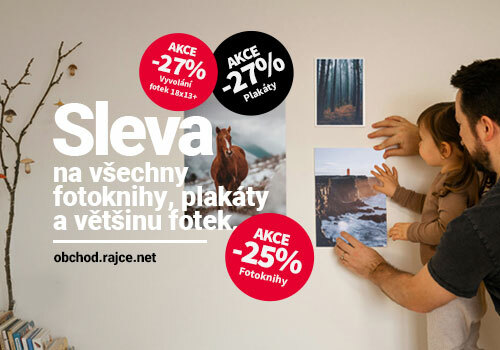2018-08-27 - Kroměříž
Název
2018-08-27 - Kroměříž
Popis
Gardens and Castle at Kroměříž
Kroměříž stands on the site of an earlier ford across the River Morava, at the foot of the Chriby mountain range which dominates the central part of Moravia. The gardens and castle of Kroměříž are an exceptionally complete and well-preserved example of a European Baroque princely residence and its gardens.
Local architecture, gardens and collections belong to the most valuable cultural heritage of Czech Republic and their uniqueness is confirmed by UNESCO.
Jews in Kroměříž
The first written record of the presence of Jews in Kroměříž dates back to 1322. The number of the members of the Jewish community of Kroměříž peaked by the mid-19th century. The community was wiped out during the Nazi occupation; it was restored after the end of the WWII for a short period of time.
The Jewish quarter is situated in the south part of the town centre inside the fortifications covering the area of 3.7 acres around Moravcova and Tylova streets. Out of the initial 36 houses 31 have survived, most of them built during a generous redevelopment at the end of the 17th century supported by the then-magistrates. The Jewish council house at No. 259 is an early baroque construction built in 1687–1688 according to the design of the famous architect G. P. Tencalla. A uniquely preserved part of the separation wall from 1701 can be found under the parish church of the Virgin Mary near Tylova Street. The old synagogue from 1693–1694 was torn down in 1921. The new synagogue built in 1909–1910 by the architect Jakob Gartner was blown up by Nazis in 1942. A memorial commemorating the uprooting of the Jewish community and the destruction of the synagogue, by the sculptor Olbram Zoubek was unveiled at the site near the Kroměříž Community Centre in 1994.
The new Jewish cemetery is situated within the area of the city’s burial grounds in Vážanská Street, south of the Velké Square. It was founded in 1924 and almost destroyed by Nazis. Only 5 tombstones have been preserved. A memorial to the victims of the holocaust was unveiled in the cemetery in 1962. The cemetery also holds the relics of the older Jewish cemetery from 1715–1927 in Nábělkova Street, which were relocated in 1997. A hall of farewell in the shape of a small antique temple from 1927–1928 was completely rebuilt into a hall of mourning. The Jewish cemetery is open to public at all times as a part of the city’s burial grounds.
Kroměříž is the birthplace of the historian Max Grünfeld (1856–1933, Brno), the writer Emanuel Baumgarten (1828–1908, Vienna) and the art historian Adolf Donath (1876–1937, Praha).
Období
Statistiky
- 51 fotek
- 1 se líbí
Fototechnika
Canon PowerShot SX610 HSNastavení
Vytvořte si fotodárky
Z alb a fotek na Rajčeti nebo i z disku počítače si můžete snadno a rychle vytvořit různé fotodárky pro sebe nebo své přátele.


